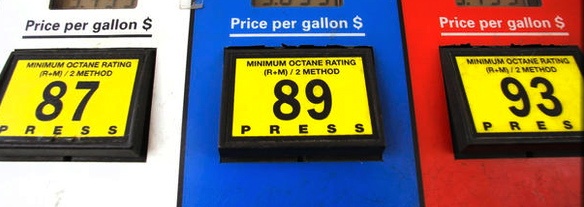U.S. gasoline, diesel prices to decrease this summer
by April 25, 2019 11:21 am 1,041 views

The retail price of U.S. regular gasoline is expected to fall 3% to $2.76 per gallon this summer, from the same period in 2018, because of lower crude oil prices, according to the U.S. Energy Information Administration (EIA). The EIA includes April through September as summer months, and changes in U.S. retail gasoline and diesel prices are driven by changes in crude oil prices. The international benchmark Brent crude oil price is expected to fall $8 per barrel to $67 a barrel this summer, from the same period in 2018.
The monthly average price of regular gasoline is expected to increase from $2.74 a gallon in April to a summer peak of $2.83 per gallon in June before falling to $2.66 per gallon by September. The average summer prices will range from a low of $2.51 per gallon in the Gulf Coast region, which includes Arkansas, to a high of $3.27 per gallon in the West Coast region.
Domestic U.S. refinery production of motor gasoline, including gasoline blendstock output, will rise by 80,000 barrels per day to 8.6 million barrels per day this summer, from the same period in 2018. The United States is projected to be a net exporter of gasoline, including blending components, over the summer months and export an average of 87,000 barrels per day from April through September. This would be the first time since 1960 that the United States exports more gasoline on average than it imports in the summer months.
U.S. motor gasoline consumption is expected to increase 0.3%, or by 29,000 barrels per day, to 9.5 billion barrels per day this summer, from the same period in 2018, according to the EIA. Gasoline inventories are projected to fall by about 7.6 million barrels to 232 million barrels by the end of September.
U.S. retail diesel fuel prices are projected to fall 4%, or 13 cents per gallon, to an average of $3.09 per gallon this summer, from the same period in 2018. U.S. consumption of distillate fuel, including diesel fuel and heating oil, is projected to rise by 20,000 barrels per day to 4.1 million barrels a day this summer. Slower growth is projected in the primary drivers of distillate consumption, including economic growth, industrial output, international trade activity and crude oil and natural gas drilling activity — all of which contribute to higher trucking activity, according to the EIA. However, the International Maritime Organization’s new fuel regulations are expected to cause uncertainty in the diesel market this summer.
